By Michael Haskew
During the Vietnam War, two of the most famous firearms of modern times emerged as icons of the latter half of the turbulent 20th century. The Soviet-made AK-47 and the American M16 were both developments that followed the deployment of the world’s first true assault rifle, the Sturmgewehr 44, by the German Army during World War II. There were obvious advantages to the rifle that could be fired in automatic or semi-automatic mode without requiring the soldier to operate a bolt, and the clash between the Ak-17 vs the M16 characterized modern combat with the Vietnam War serving as a proving ground.
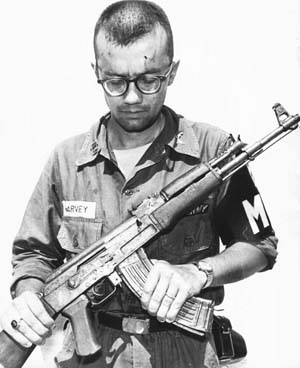 The father of the AK-47 rifle was Soviet arms designer Mikhail Kalashnikov, and it is believed that since the rifle entered production in 1949 over 75 million examples of the original or its improved variants have been manufactured, more than any other firearm in history. The AK-47 has developed a reputation for simplicity and rugged reliability. It has also become a common weapon in the Third World and a symbol of the revolutionary, the insurgent, and the terrorist. While the AK-47 was shipped to Vietnam in great numbers to equip the North Vietnamese Army and the Viet Cong insurgency, it also armed the Soviet Red Army and its Cold War allies of the Warsaw Pact.
The father of the AK-47 rifle was Soviet arms designer Mikhail Kalashnikov, and it is believed that since the rifle entered production in 1949 over 75 million examples of the original or its improved variants have been manufactured, more than any other firearm in history. The AK-47 has developed a reputation for simplicity and rugged reliability. It has also become a common weapon in the Third World and a symbol of the revolutionary, the insurgent, and the terrorist. While the AK-47 was shipped to Vietnam in great numbers to equip the North Vietnamese Army and the Viet Cong insurgency, it also armed the Soviet Red Army and its Cold War allies of the Warsaw Pact.
The AK-47 Rifle
The AK-47 rifle is a 7.62mm gas operated rotating bolt selective fire assault rifle. It is capable of a cyclical rate of fire up to 600 rounds per minute and is usually fed by detachable 30-round magazines or 20- and 40-round box magazines. The AK-47 combines the best qualities of other assault rifles, including the gas ejection system of the Sturmgewehr 44, the trigger and lock features of the American M-1 Garand semiautomatic rifle of World War II, and the safety mechanism of the Remington Model 8 designed by American John Browning.
During the Vietnam War, the AK-47 earned the grudging respect of the American fighting man, even as his own M16 became the subject of controversy. The most recognizable variant of the original AK-47 is the AKM, which entered service in 1959 and was regularly encountered in Vietnam. Its famous silhouette is recognized around the world.
The M16 Rifle
 The origin of the M16 rifle lay in the design prowess of American engineer Eugene Stoner, whose 7.62mm rotating bolt AR-10 was the forerunner of the famous Vietnam-era assault rifle. In 1956, the Armalite Division of the Fairchild Aircraft Corporation began producing the AR-10, and the weapon was immediately recognizable with its straight-line barrel and components that were made of phenolic resin.
The origin of the M16 rifle lay in the design prowess of American engineer Eugene Stoner, whose 7.62mm rotating bolt AR-10 was the forerunner of the famous Vietnam-era assault rifle. In 1956, the Armalite Division of the Fairchild Aircraft Corporation began producing the AR-10, and the weapon was immediately recognizable with its straight-line barrel and components that were made of phenolic resin.
The AR-10 was rechambered to fire the .223-caliber Remington round and renamed the AR-15 in 1957. Shortly thereafter, Armalite licensed the production of both rifles to Colt. Subsequently, the U.S. Army adopted it as the M16, its standard issue assault rifle, firing the NATO .556mm cartridge.
M16 Rifles are forever tied to U.S. involvement in the Vietnam War. Typically fed by 20- or 30-round box magazines, the rifle was capable of a cyclical rate of fire up to 950 rounds per minute. The military version remained easily recognizable with its top-located carry handle, large triangular front sight, and polymer and aluminum alloy components. The first M16s reached Vietnam with American advisors in 1963, and the initial production model was designated the M16A1.
During the Vietnam War reports surfaced that early M16s were prone to jamming due to fouling of moving parts and a condition called “failure to extract.” However, the service life of the rifle validates its overall commendable performance. Variants of the M16 remain in production, and it is still in use with some armies today. More than eight million have been produced during the last half century.

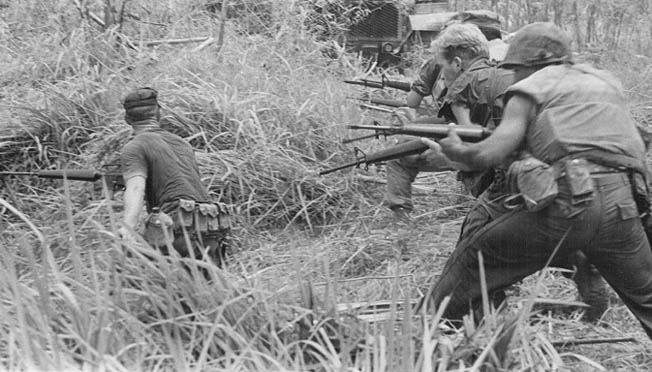
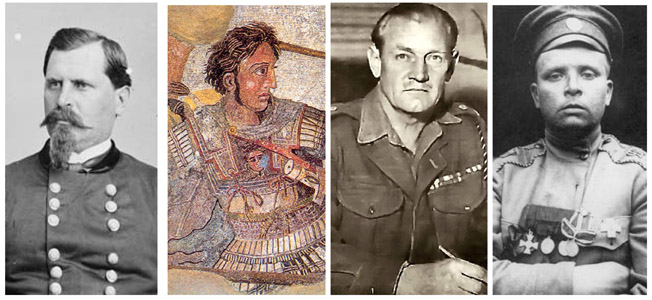


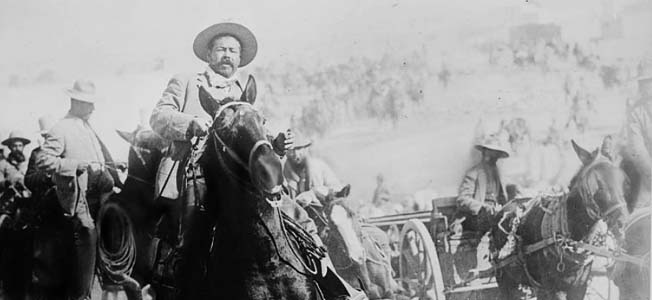

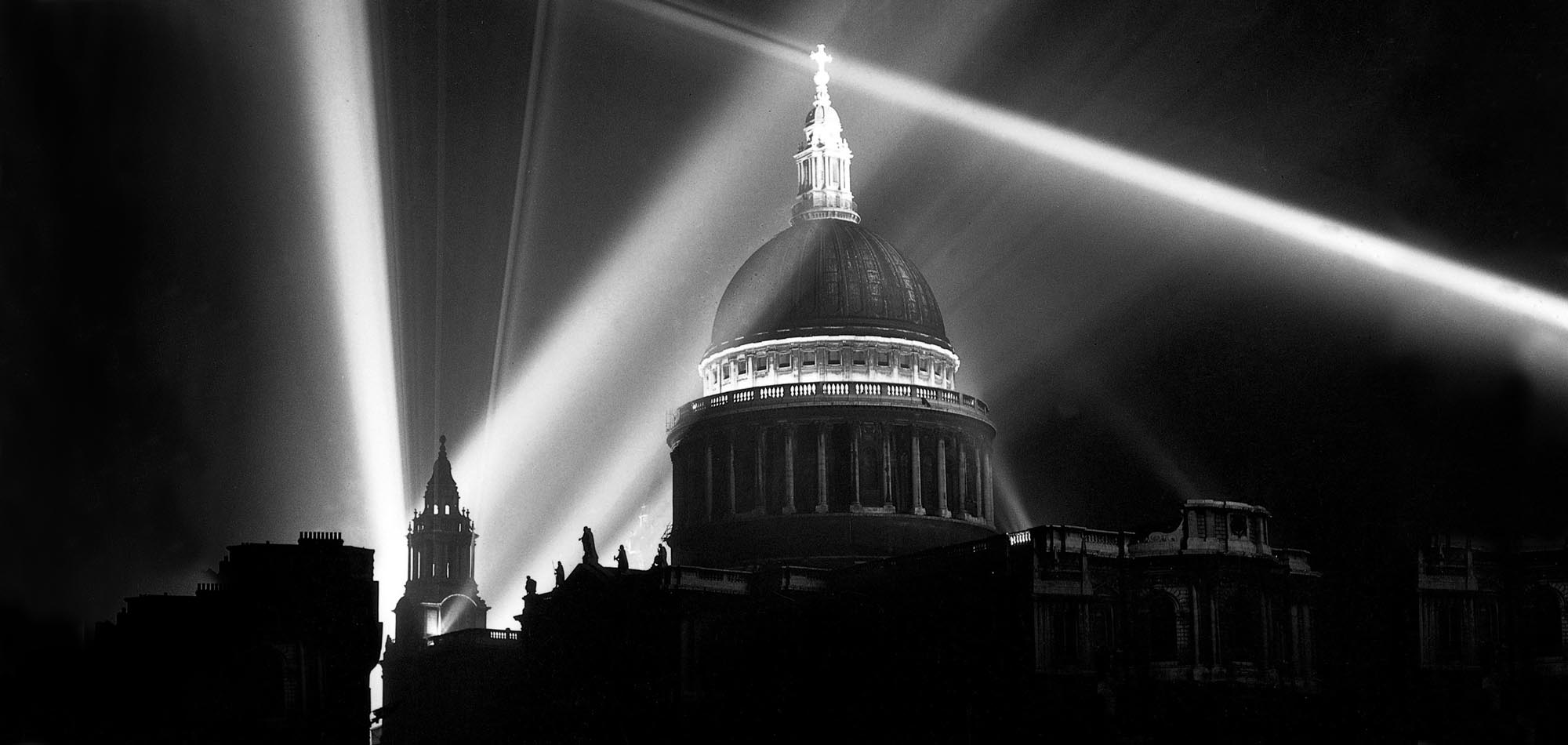
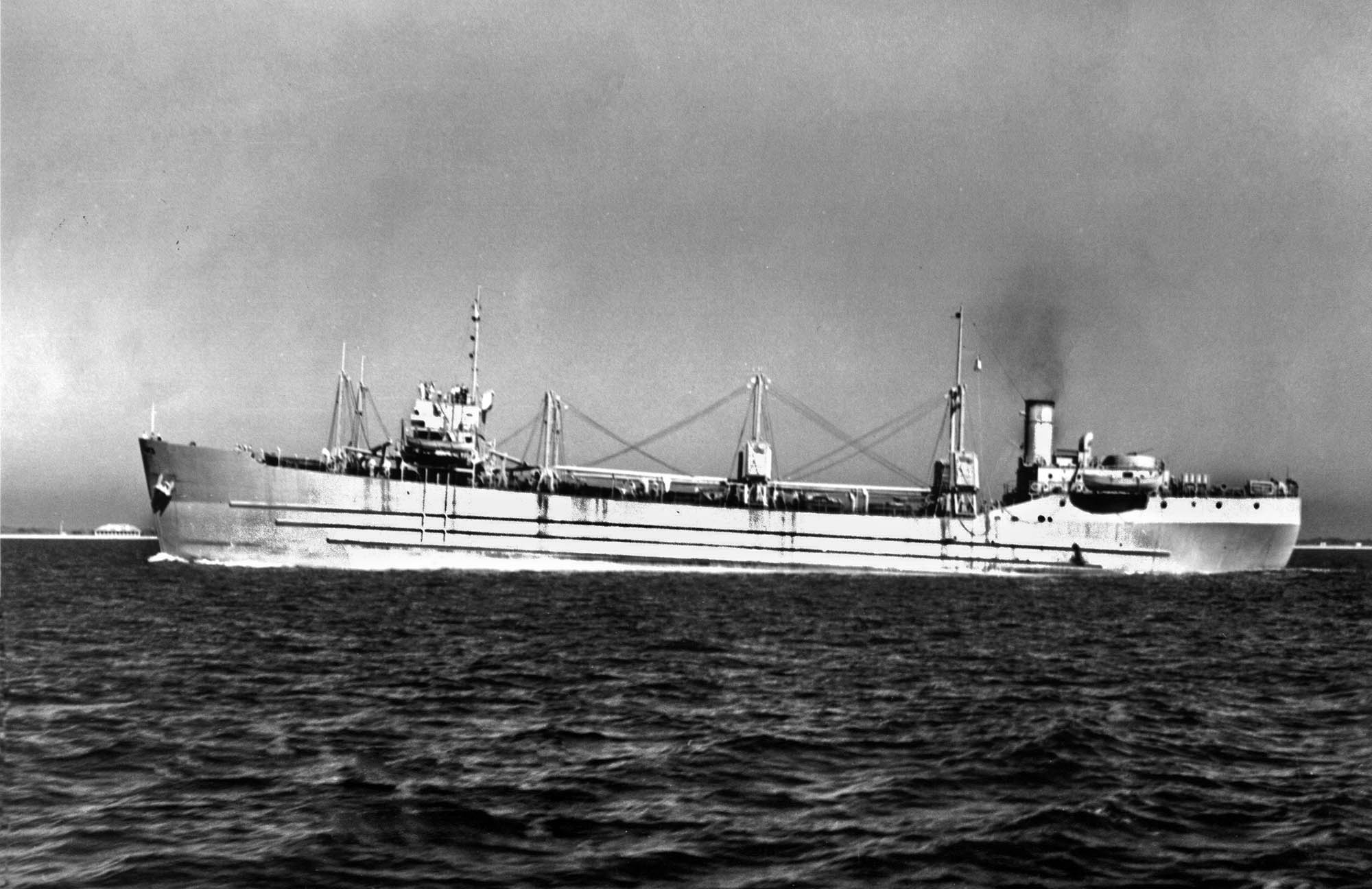
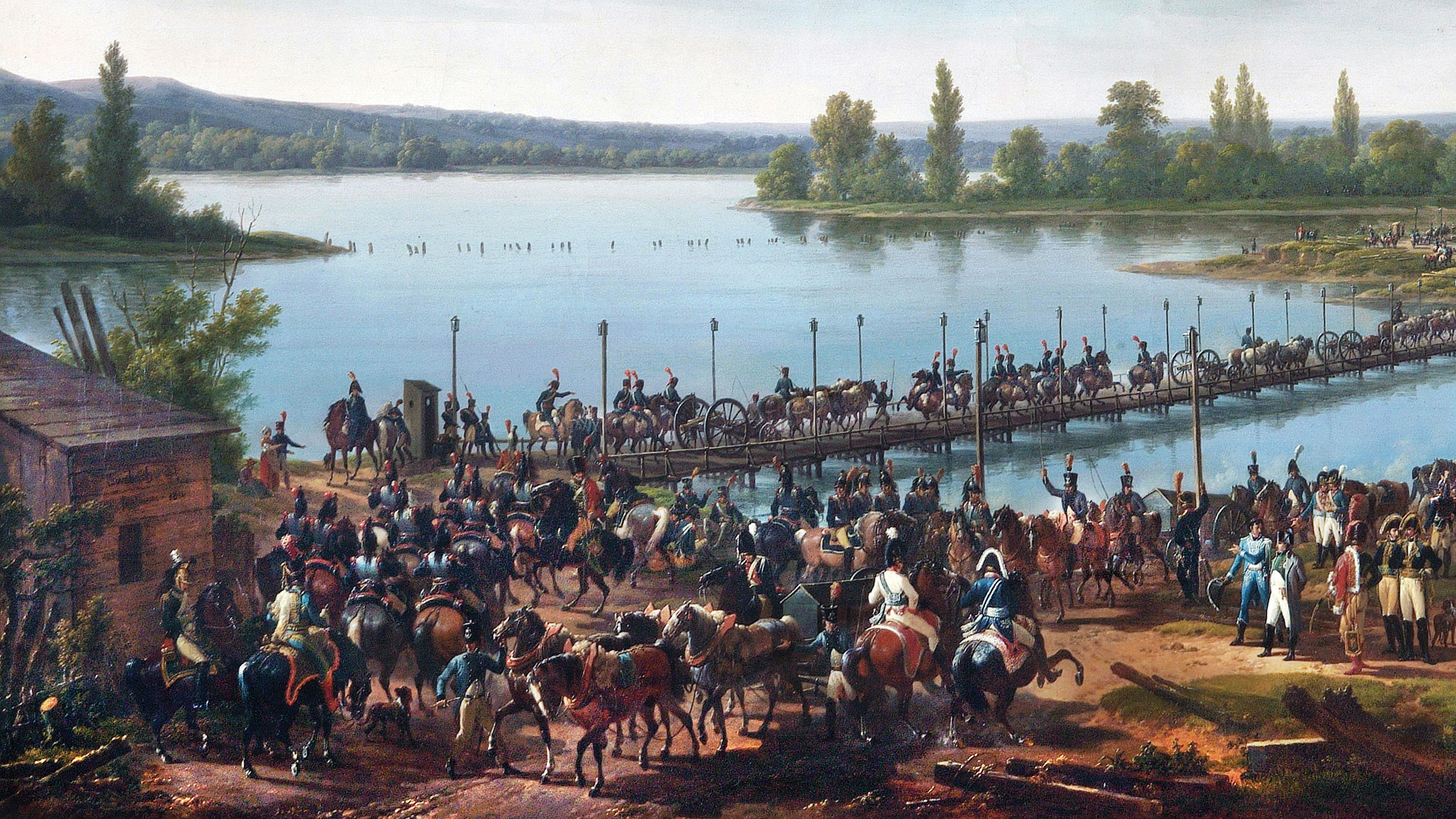
This article appears to be missing the ‘rest of the story’. It’s a great introduction of the two weapons but there was no ‘comparison’ of them other than to list the inventors and the rate of fire. The web site needs to upload the full article.
As a witness to the disaster that was the initial general fielding of the M16, I have to point out that hundreds, maybe even thousands of young American men died as the result of what the author so glibly refers to as “failure to eject”. Our rifles failed almost as soon as they arrived – they stripped the head off the fired cartridge case and then fed a new cartridge into the remainder of the old case, fusing them together. Because the M-16 design’s chamber can’t be accessed from outside the weapon, a man using that M-16 had to strip the weapon, knock the fired case/new round out and then reassemble the weapon and insert a magazine, chamber a round, and hope they weren’t dead by then. Many Marines and soldiers died trying get their weapons back in action during a firefight.
The AK for all its flaws (short sight radius, crude sights, fast climb during full auto firing, cumbersome safety, short stock) always fired when their triggers were pulled. They never failed the men who carried them.
To us in Vietnam, it was another example of how little our country cared about us – another “least bidder” weapon, hopelessly unsuited for combat use. Much later, after our war was done, the government finally admitted that they had substituted the powder used to load the 5.56mm rounds, which had been responsible for the fatal jamming. At the time, they tried to blame it on us (“lack of cleaning”, “improper lubricants”, inexperience with the M-16″).
I hope the experience of that disaster will someday result in fuller operational testing of new weapon system before our young people’s lives depend on them – but I won’t hold my breath.
Although I was too young to be in Vietnam, I have read numerous books and articles about the M-16 and its disastrous introduction into the war there.
What an f’ing disaster and, I agree with you 100%, Forrest it got a lot of men and boys killed over there due to extremely bad and politicized leadership decisions by the Army.
A great book that covers this subject in detail is “About Face” by Colonel David Hackworth.
The M16 is and was junk: cheap, fragile, inaccessible chamber and awful to try to disassemble under fire while trying to clear a jam. It was inexpensive to make, so max profits for the investors – but to those young men killed next to their disassembled weapons, it was nothing personal, just business.
I served during the Vietnam War though not in combat. It was no secret about the shortcomings of the M-16 but we could not understand how no action was taken to correct the problem until much later. There were even stories of soldiers who picked up AK 47s from dead VC to use in place of their M-16.